#fashion in style
Text



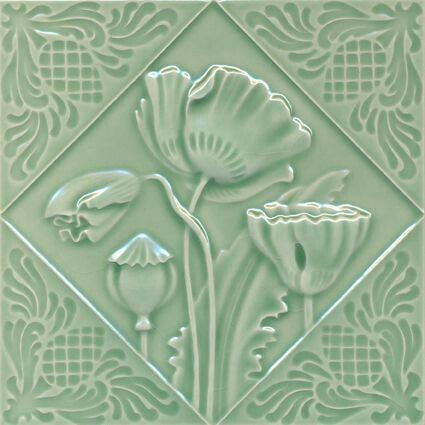



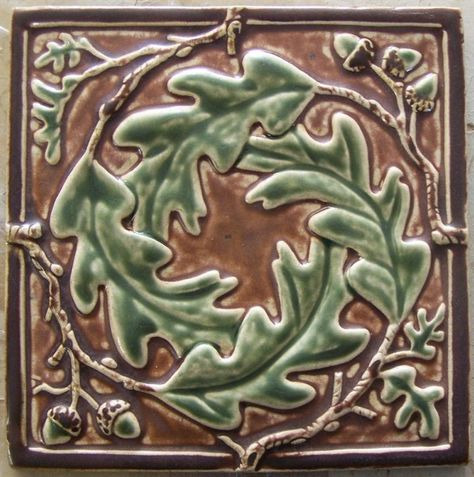
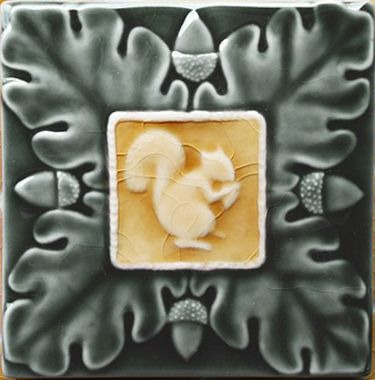

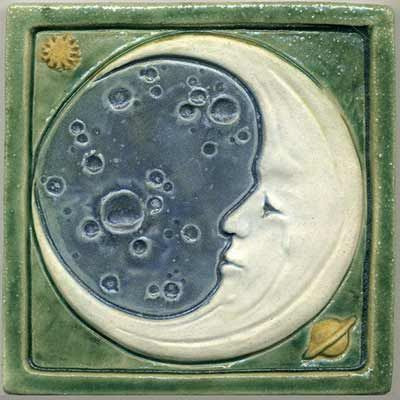

Tiles! I want to have a kitchen wall full with different designs
#whimsigothic#whimsigoth#whimsy#whimsical#whimsigoth room#whimsigoth fashion#whimsigothcore#whimsigothaesthetic#witchy aesthetic#witches#witchy#witchyvibes#witch#witchcraft#witchythings#witchcore#witch aesthetic#witch blog#style#whimsical aesthetic#aesthetic#whimsigoth style#whimsygoth#bohemian#witchy vibes#vintage#tiles#ceramics#ceramique#whimsigoth house
69K notes
·
View notes
Text

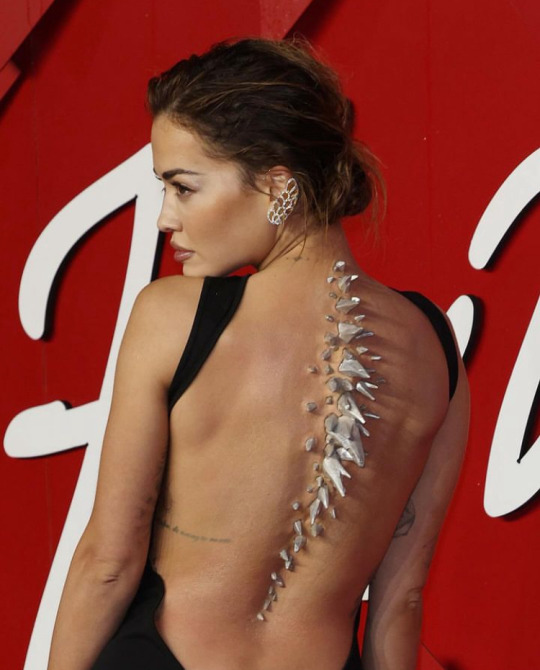
Rita Ora with a chrome dinosaur spine, 2023
#rita ora#bfas#2023#fashion#godzilla#dinosaur#style#makeup#fashion awards#london#prostetics#dragon#spine#art
32K notes
·
View notes
Text
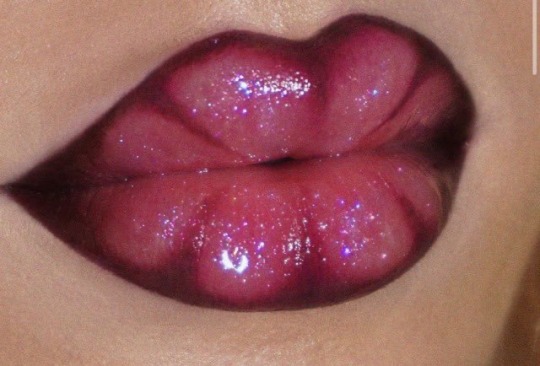
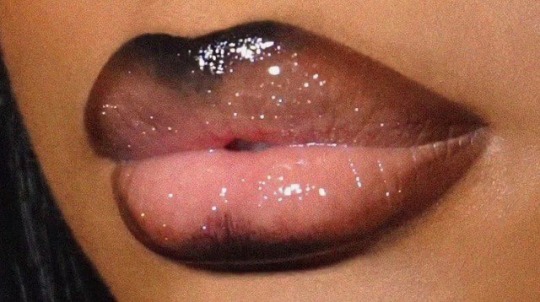
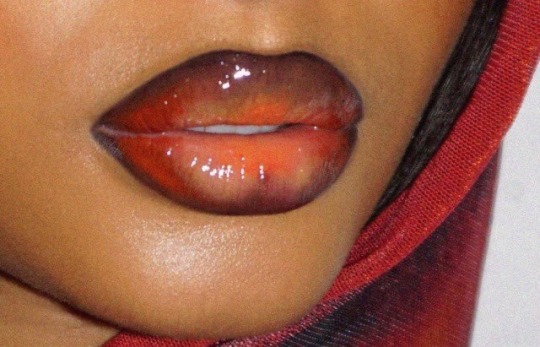

makeup by sophia sinot
14K notes
·
View notes
Text




#landsccape#cottage#cottagecore#aesthetic#photography#art#flowers#flowercore#lovecore#flower#landscape#paradise#nature#adventure#explore#travel#travelling#naturecore#desing#fashion#alternative#photographers on tumblr#fall aesthetic#farmcore#mountains#style#pretty#wildflowers#cottage witch#curators on tumblr
12K notes
·
View notes
Text
source
#funny#lol#haha#humor#meme#memes#goth#gothic#art#makeup#fashion#tiktok#video#style#couture#vogue#lesbian#lgbt#lgbtqia
14K notes
·
View notes
Text



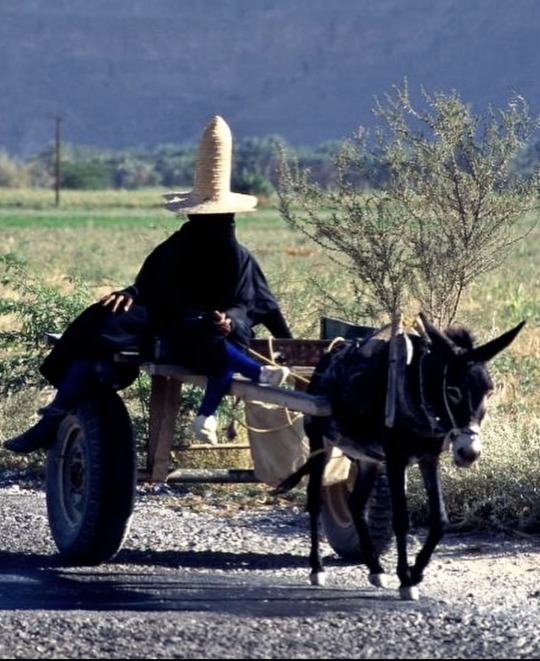


The female goat herders of Hadhramaut, Yemen
Goat herding is traditionally done by females in Eastern Yemen. The women cover all their skin from the heat and sun, protecting themselves from dehydration and skin damage, the socks and gloves keep their hands and feet soft despite the unforgiving desert sun. The hat (made from dried palm leaves) besides being a drip by itself serves an important role, it insulates air on top of their head thus keeping it cool, besides providing the obvious shade. The layered clothing also helps with the desert changing mood, where it can shift from hot days to cold nights.
#hardhramout#yemen#aesthetic#goats#animals#culture#goat herding#women#desert#farmcore#interesting#working women#fashion#style#people#people of the world
12K notes
·
View notes
Text
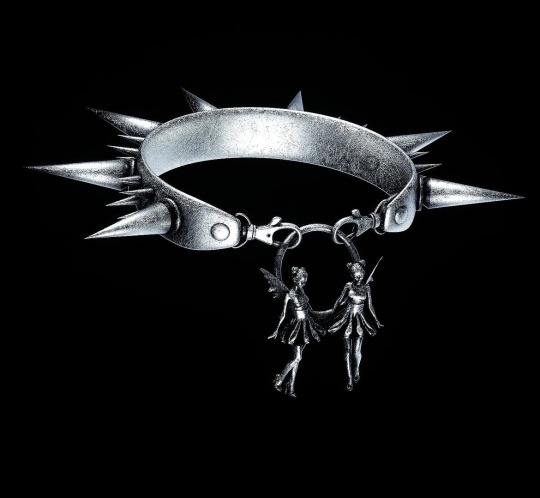
archfiendco on ig / @fiendco on here
10K notes
·
View notes
Photo

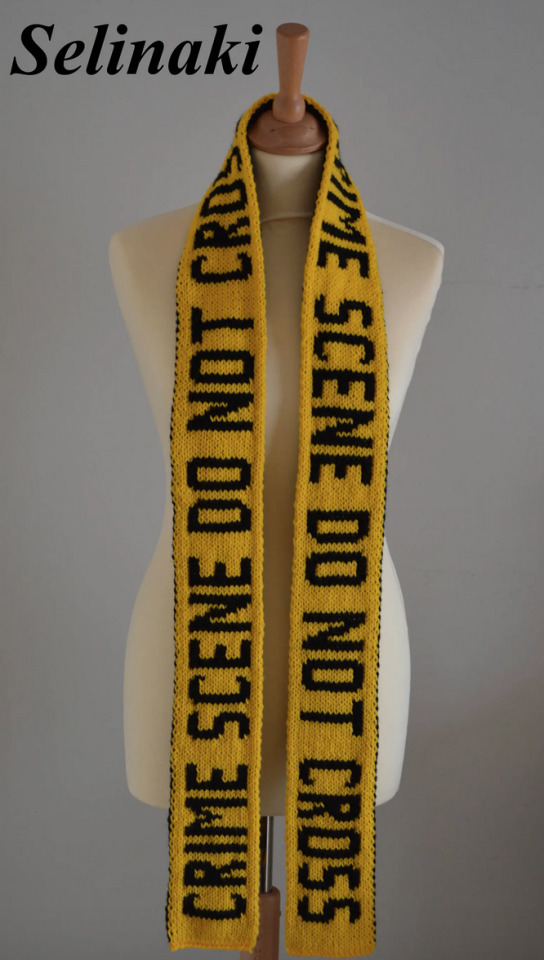
Hand Knitted Crime Scene Caution Tape
#fashion#scarf#etsy#selinaki#winter#fall#winter fashion#fall fashion#autumn#autumn fashion#alt#alternative#alt fashion#alternative fashion#style#trend#trendy#accessories#inspo#scarves
23K notes
·
View notes
Text
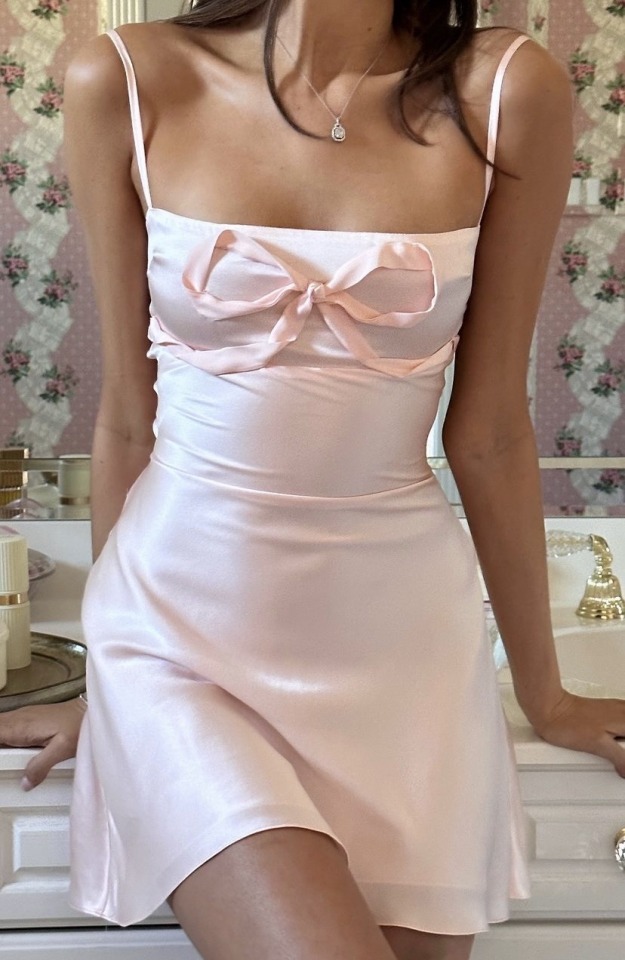
This Mirror Palais Dress?!。・:*:・゚𝜗𝜚
#pink#dress#pink dress#mini dress#pink mini dress#princesscore#princess core#fashion#pink bow#bows#bow#valentines#valentines day#valentines collection#coquette#coquette core#coquettecore#coquette aesthetic#coquette style#coquette fashion#dollette#dollete aesthetic
9K notes
·
View notes
Text
It’s an open secret in fashion. Unsold inventory goes to the incinerator; excess handbags are slashed so they can’t be resold; perfectly usable products are sent to the landfill to avoid discounts and flash sales. The European Union wants to put an end to these unsustainable practices. On Monday, [December 4, 2023], it banned the destruction of unsold textiles and footwear.
“It is time to end the model of ‘take, make, dispose’ that is so harmful to our planet, our health and our economy,” MEP Alessandra Moretti said in a statement. “Banning the destruction of unsold textiles and footwear will contribute to a shift in the way fast fashion manufacturers produce their goods.”
This comes as part of a broader push to tighten sustainable fashion legislation, with new policies around ecodesign, greenwashing and textile waste phasing in over the next few years. The ban on destroying unsold goods will be among the longer lead times: large businesses have two years to comply, and SMEs have been granted up to six years. It’s not yet clear on whether the ban applies to companies headquartered in the EU, or any that operate there, as well as how this ban might impact regions outside of Europe.
For many, this is a welcome decision that indirectly tackles the controversial topics of overproduction and degrowth. Policymakers may not be directly telling brands to produce less, or placing limits on how many units they can make each year, but they are penalising those overproducing, which is a step in the right direction, says Eco-Age sustainability consultant Philippa Grogan. “This has been a dirty secret of the fashion industry for so long. The ban won’t end overproduction on its own, but hopefully it will compel brands to be better organised, more responsible and less greedy.”
Clarifications to come
There are some kinks to iron out, says Scott Lipinski, CEO of Fashion Council Germany and the European Fashion Alliance (EFA). The EFA is calling on the EU to clarify what it means by both “unsold goods” and “destruction”. Unsold goods, to the EFA, mean they are fit for consumption or sale (excluding counterfeits, samples or prototypes)...
The question of what happens to these unsold goods if they are not destroyed is yet to be answered. “Will they be shipped around the world? Will they be reused as deadstock or shredded and downcycled? Will outlet stores have an abundance of stock to sell?” asks Grogan.
Large companies will also have to disclose how many unsold consumer products they discard each year and why, a rule the EU is hoping will curb overproduction and destruction...
Could this shift supply chains?
For Dio Kurazawa, founder of sustainable fashion consultancy The Bear Scouts, this is an opportunity for brands to increase supply chain agility and wean themselves off the wholesale model so many rely on. “This is the time to get behind innovations like pre-order and on-demand manufacturing,” he says. “It’s a chance for brands to play with AI to understand the future of forecasting. Technology can help brands be more intentional with what they make, so they have less unsold goods in the first place.”
Grogan is equally optimistic about what this could mean for sustainable fashion in general. “It’s great to see that this is more ambitious than the EU’s original proposal and that it specifically calls out textiles. It demonstrates a willingness from policymakers to create a more robust system,” she says. “Banning the destruction of unsold goods might make brands rethink their production models and possibly better forecast their collections.”
One of the outstanding questions is over enforcement. Time and again, brands have used the lack of supply chain transparency in fashion as an excuse for bad behaviour. Part of the challenge with the EU’s new ban will be proving that brands are destroying unsold goods, not to mention how they’re doing it and to what extent, says Kurazawa. “Someone obviously knows what is happening and where, but will the EU?”"
-via British Vogue, December 7, 2023
#fashion#slow fashion#style#european union#eu#eu news#eu politics#sustainability#upcycle#reuse#reduce reuse recycle#ecofriendly#fashion brands#fashion trends#waste#sustainable fashion#sustainable living#eco friendly#good news#hope
10K notes
·
View notes
Text
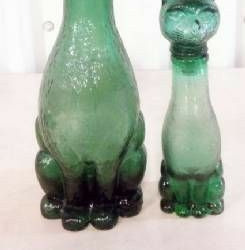
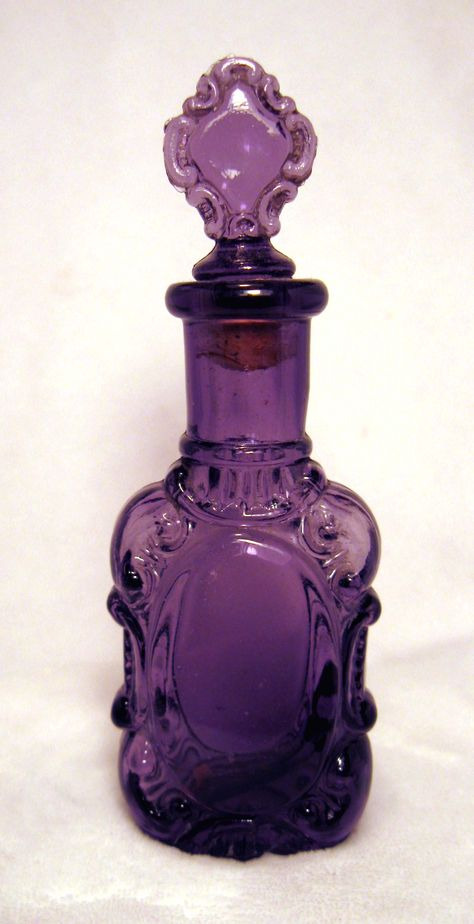
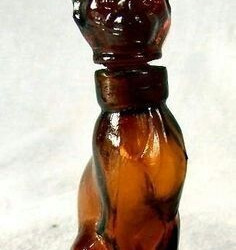
Whimsical glass bottles
#whimsigothic#whimsigoth#whimsy#whimsical#whimsigoth room#whimsigoth fashion#whimsigothcore#whimsigothaesthetic#witchy aesthetic#witches#witchy#witchyvibes#witch#witchcraft#witchythings#witch aesthetic#whimsical aesthetic#aesthetic#whimsigoth style#whimsygoth#witchy vibes#stained glass#art nouveau#art#artwork#trinkets#objects
40K notes
·
View notes
Text
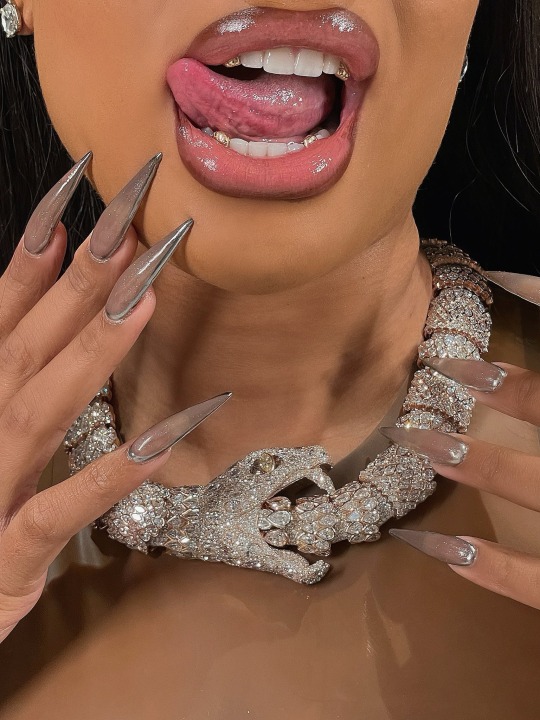
10K notes
·
View notes
Text
FWIW, "mauve" was one of the coal-tar dyes developed in the mid-19th century that made eye-wateringly bright clothing fashionable for a few decades.
It was an eye-popping magenta purple
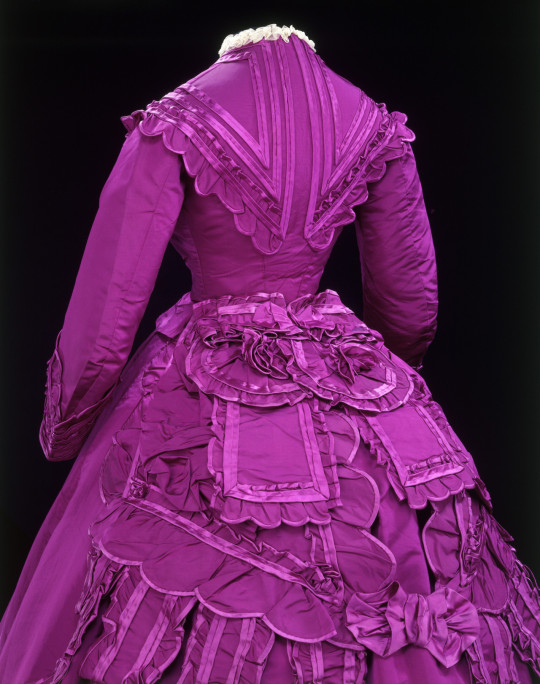
HOWEVER, like most aniline dyes, it faded badly, to a washed-out blue-grey ...
...which was the color ignorant youngsters in the 1920s associated with “mauve”.
(This dress is labeled "mauve" as it is the color the above becomes after fading).

They colored their vision of the past with washed-out pastels that were NOTHING like the eye-popping electric shades the mid-Victorians loved. This 1926 fashion history book by Paul di Giafferi paints a hugely distorted, I would say dishonest picture of the past.
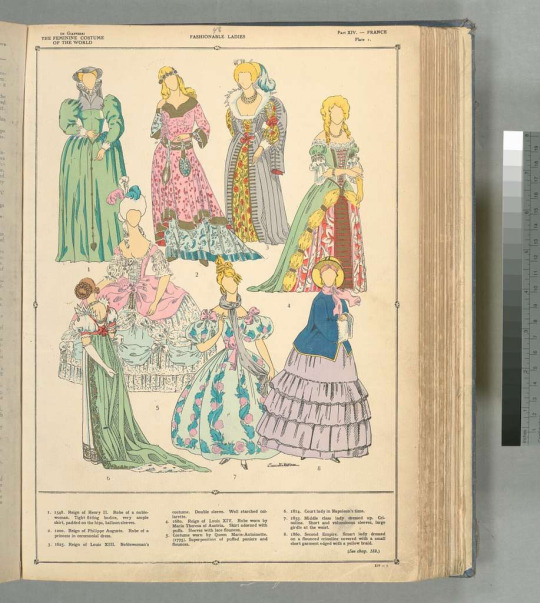
Ever since then this faded bluish lavender and not the original electric eye-watering hot pink-purple is the color associated with the word “mauve”.

14K notes
·
View notes
Text
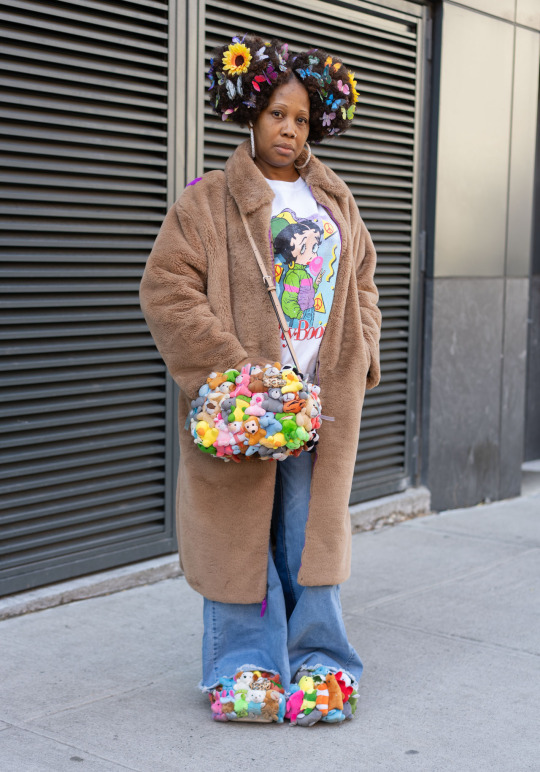
Tiwana, 48
“I like to create my own style. I love to be different and make people smile when they look at me. It makes my heart happy because I don’t know what anyone is going through. I love stuffies and butterflies. Now I’m am wearing a Nike jacket and teddy bear crocs and teddy bear purse made by me. I love to create anything I put my mind to. Hairstyle is done by me as well.”
Mar 12, 2024 ∙ Hell’s Kitchen
#nyc looks#street style#street fashion#new york#style#outfit#teddy bear#teddy coat#teddy jacket#butterflies
7K notes
·
View notes
Text
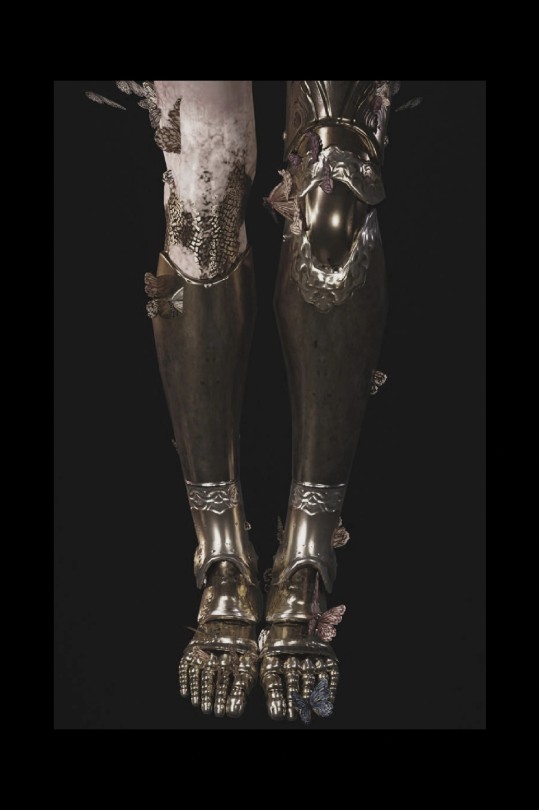
malenia
#art#vintage fashion#vintage style#fashion photography#photography#beauty#vogue#aesthetic#lol#fashion#elden ring
5K notes
·
View notes
Text
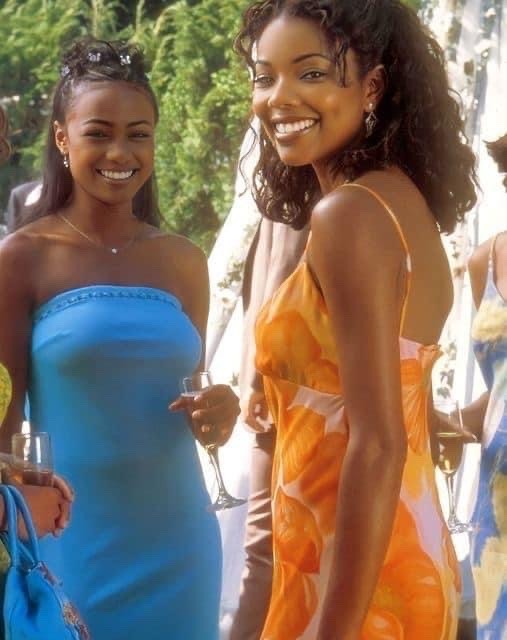
tatyana x gabi 🩵🧡
#black women#black beauty#fashion#black fashion#black femininity#fashion aesthetic#beauty#aesthetic#blog#hairstyle#90s#90s aesthetic#90s black women#gabrielle union#tatyana ali#actress#black actresses#tv and film#inspo#fashion inspo#outfit#outfit inspo#moodboard#black girl moodboard#melanin#melanin poppin#dresses#cute#style#women's style
4K notes
·
View notes